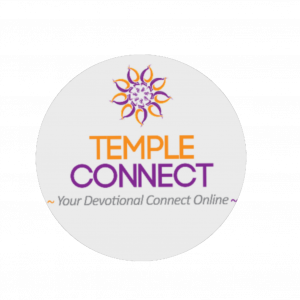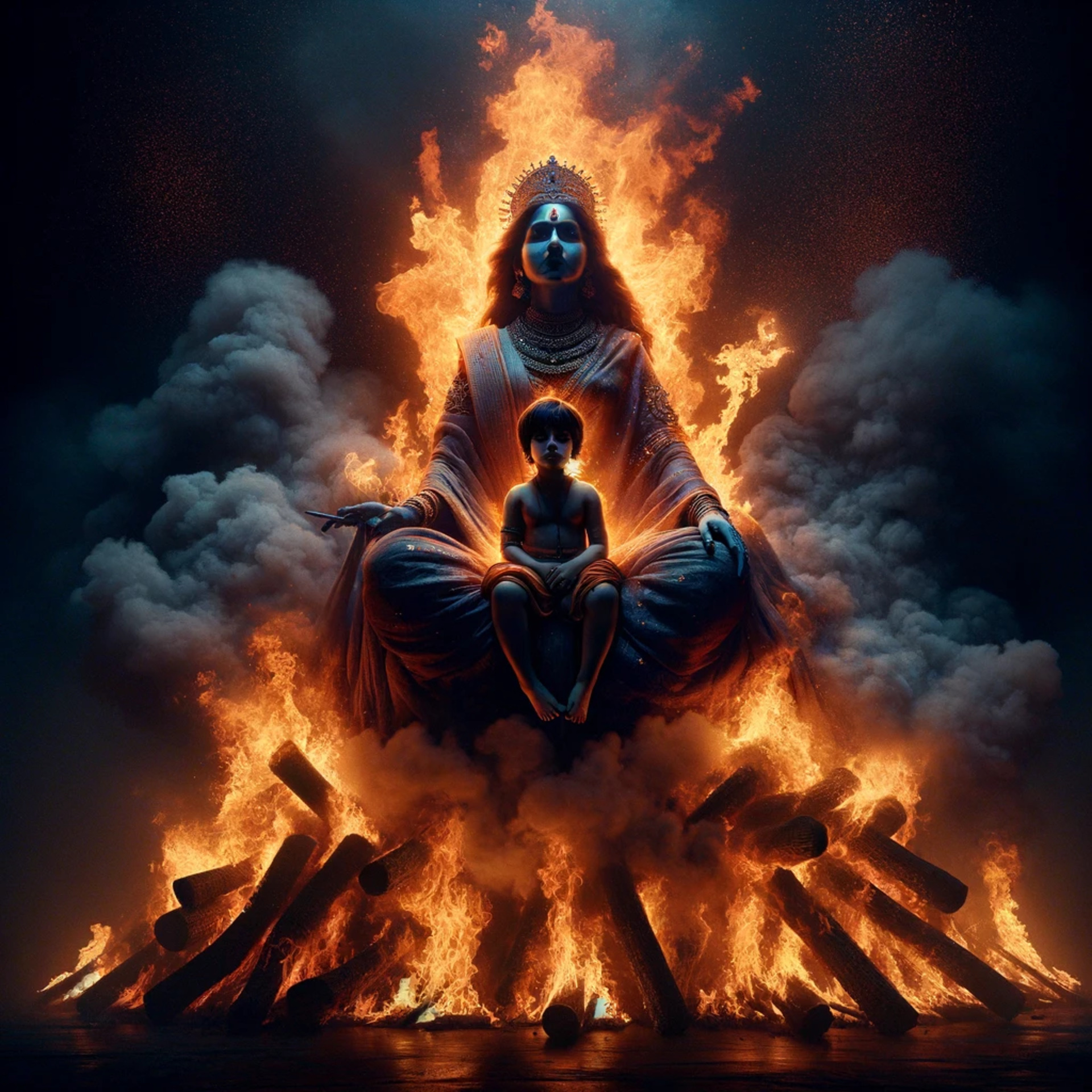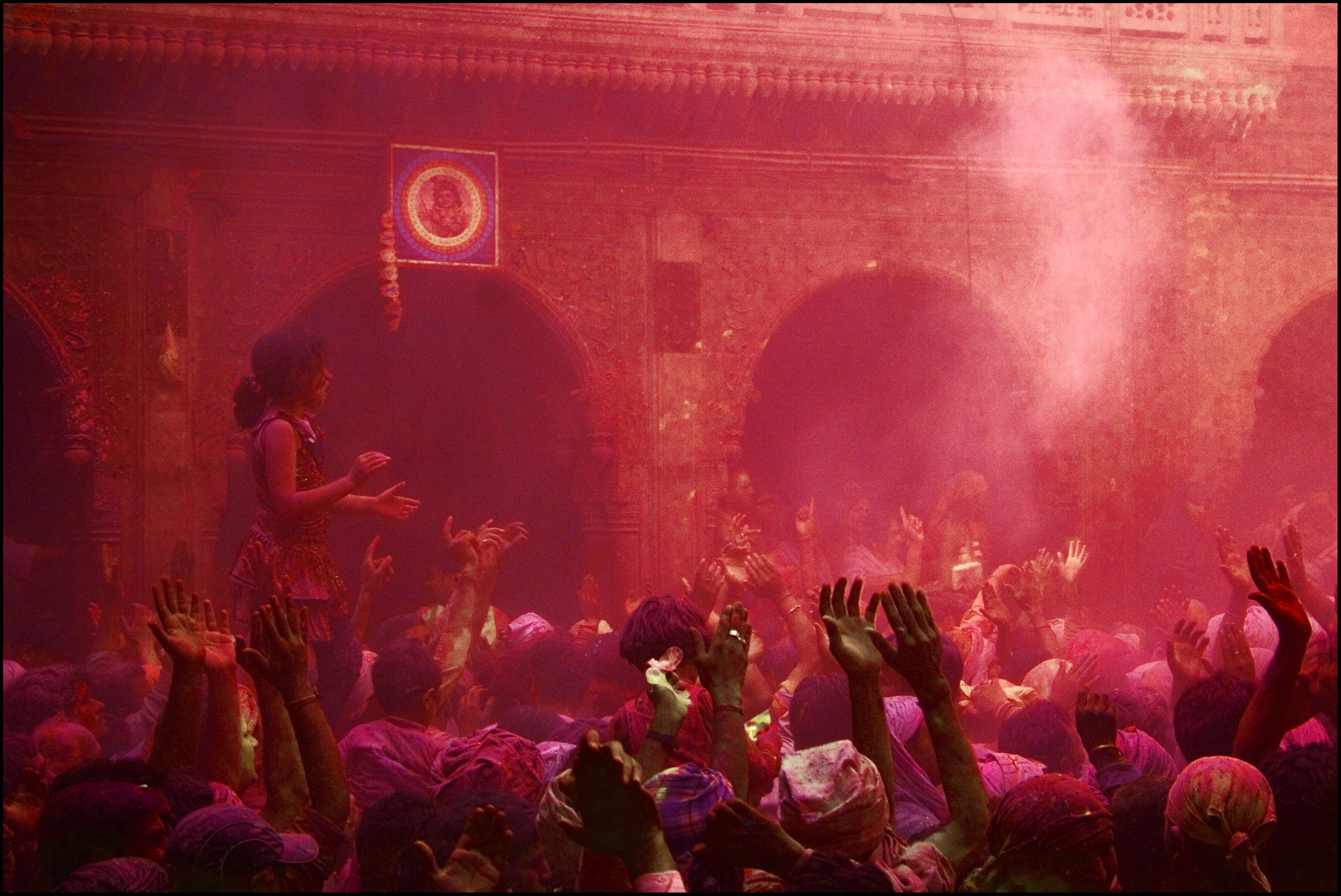Sankaracharya Jayanti is the birth anniversary of Guru Sankaracharya, who is one of the prime gurus in Hindu philosophy of religion and is famously known as Adi Sankaracharya. As per Hindu Panchang, it is observed on Panchami tithi, or the fifth day of Shukla paksha, in the month of Vaishakha or Baisakh. Adi Shankara was an Indian Guru and philosopher, born in Kalady situated in Kerala. He suddenly disappeared at the age of 32, in the year 820 C.E.
Sankaracharya Jayanti
Adi Sankaracharya is one of the greatest sages, known to be an incarnation of Shiva. Born to an ordinary couple, who were ardent devotees of Shiva, Adi Shankar was drawn towards the understanding of religion and spirituality, right from childhood. He took sanyas at a very young age of 16, and then travelled the country, preaching the doctrines of Vedanta philosophy. He, along with other Indian philosophers, Madhava and Ramanuja, formed the principles and foundations of religion that are followed by their respective sects, even today. They are one of the significant figures in the history of Hindu philosophy. Sankaracharya consolidated the principles of Advaita Vedanta, at a time when Hindu culture was on the verge of decline. He was known to us as a carrier of religion, and he followed the preaching of his Guru, Govind Bhagvatpada. Sankaracharya is one of the most important contributors of Sanatana (hindu) dharma, and dedicated his entire life in writing various books and texts to explain the essence of Sanatana Dharma, to the general public.
ORIGIN AND SIGNIFICANCE:
Sankaracharya played an iconic role in reviving Hinduism, which was immersed in the conventional way of life. He had given great efforts to change the approach of religion, from ritualism to spiritualism.
Sri Sankaracharya was born in Kalady in Kerala in 788 CE. His parents, Shivaguru and Aryamba were passionate devotees of Bhagawan Shiva. After a lot of prayers and offerings, Shiva blessed them with a child. It is believed that Aryamba and Shivaguru, both had a vision of Shiva in their dreams. They were told that he will take birth on Earth, as their son. After the dream, Adi Shankara was born to them. From his early days, Adi Shankar wanted to renounce the world and take sanyas, but his mother did not permit him to do so. One day, when Adi Shankar was bathing in a river, a crocodile clutched him in his mouth. He cried out for help, but his mother could not set him free. Then, Adi Shankar started reciting mantras and to the astonishment of his mother, he was saved from the crocodile, without getting hurt. Finally, his mother agreed and he undertook the formal rituals of assuming sanyas. Adi Shankar then spent his life travelling the country and preaching the vedas and bringing people on the path of true religion. Adi Shankar left his physical abode at the age of 32, in the year 820 CE.
Significance:
Adi Shankara travelled across the country, to spread the Hindu culture, and to revive Sanatana Dharma. He is the founder of Advait Vedanta philosophy, also called Purusvada, which believes that the inner soul is not separate from the soul of the universe (Bhagawan). The goal of every soul is to get free from the cycle of birth and death and this can be attained only by the wisdom of knowledge. He is the one who criticised Mimasa. In his lifetime, he composed 72 devotional hymns and poetries, called stotras, which are recited even today, in various religious occasions. Some of them are Nirvana Shalkam, Soundarya Lahari, Maneesha Panchakam and Shivananda Lahari. He authored 23 books around the foundations of Advaita philosophy, all underlining a single truth of one singular or undivided Brahman. Some of the books authored by him are, Atma Bodha, Viveka Chudamani, Upadesa Sahasri and Vakkya Vritti. He has also written various commentaries on primary Hindu scriptures such as Bhagavad Gita, Brahma Sutras and 12 Upanishads. All his writings are based on one core foundation, “Brahman, Pure consciousness, is the absolute reality.” He is one of the torch bearers of Sanatana Dharma, and a core contributor in upholding the true essence of Hindu religion.
IMPORTANT TEACHINGS OF SANKARACHARYA:
- Salvation is achieved by defeating ignorance.
- Any kind of charity is valued.
- One’s pure mind and heart is a supreme
- Knowledge is what ultimately matters.
DEITIES ASSOCIATED WITH SANKARA JAYANTI:
Admirers of Sankaracharya observe fast on this day and worship Shiva, Vishnu, Ganesha and Surya Dev, on this day, along with recitation of Bhagwat Geeta and mantras.
CUSTOMS, TRADITIONS AND RITUALS:
Sankaracharya Jayanti is not a festival for any one caste in Hindu, but for all Hindus, to remember the true essence of Hindu philosophy. People all around the world celebrate Shankarcharya Jayanti with great enthusiasm. It is also celebrated at mutts or monasteries of the country, as the birth anniversary of one of the greatest teachers of Advaita philosophy. People organize havan, puja and satsang at mutts. This day is a day to recall the foundations of Sanatana Dharma and many debates and discussions are organized on this day, with various philosophers and scholars participating and exchanging learnings of Sanatana Dharma, with each other.
PUJA VIDHI AND KATHA:
Vidhi:
- Murti of Bhagawan Shiva is washed and wiped with a clean cloth, and placed on the chowki, where puja is to be done.
- Cover the chowki with an orange cloth.
- On the forehead of Shiva, make 3 horizontal lines and a red dot in the centre.
- Offer a garland made from white flowers.
- Ignite the ghee lamp with several wicks.
- Chant mantras of Shiva and Sankaracharya
- Place Sankaracharya murti on a stand, and offer flowers and basil leaves to him and offer argya of water.
- Offer abhishek of Adi Shankara with milk, honey and water, and recite mantras.
- Clean the murti and make him wear saffron coloured cloth.
- Apply haldi and Kumkum on his head.
- Apply sandalwood paste on his head.
- Place a rudraksha mala around his neck and also offer a garland of white flowers.
- Bel patra is offered as devotion to Shiva, tulsi leaves as devotion to Lakshmi, Kadamba leaves to Vishnu, tamas leaves for Brahma, Durva leaves for Ganesha and Ashoka leaves for Adi Shankara.
- Do the arti and offer Naivedyam to Adi Shankara and distribute to family members.
Mantras:
Jaatam Mayyeva sarvam punarapi mayi tatsamthitam chaiva visvam,
Sarvam mayyevayaati pravilayamiti tadbrahma Chaivaahamaasmi.
Katha:
Sankaracharya became a Sanyasi, with a promise to his mother, that whenever his mother dies, he would be there for her last rites. After taking Sanyas, on the advice of his guru, he went to Kashi Mountain and started writing Vedanta. There, he got the opportunity to meet Bhagawan Vishwanath, in the form of Chandal, who asked him to write Brahmasutra. After that, he also had discussion with a Brahmin for 8 days, on the banks of Ganga, who asked Shankara to write Advaita Vedanta. It is believed that the Brahmin was actually Vedavyas. He travelled across all the pilgrimages of India, discarded materialistic rituals and asked to move to a spiritual path to attain salvation. He also explained the difference between Hinduism and Buddhism, stating the foundational difference between the two, to be that of, existence of soul. Adi Shankara died at the age of 32, at Kedarnath, where he was last seen by his followers. Some also say that he died in Kanchipuram.
CELEBRATIONS ACROSS THE COUNTRY:
Adi Shankara Jayanti is observed to remember the birth anniversary of Indian iconic philosopher, theologian Adi Shankara. Also known by the name of Jagadguru Sankaracharya, he is known to be one of the torch bearers of Hindu or Advaita philosophy. It is celebrated across the country with great zeal in various temples and sansthas. Sankaracharya temple or Jyeshteshwara temple on the hilltop of Sankaracharya hills, is a famous temple of Adi Shankara in Jammu and Kashmir. Bhagawan Shiva is worshipped there. Sankaracharya established several mutts and peethas where his teachings are carried on even today. The four mutts are:
- Sri Sringeri Sharda Peetham in Chikmanglur Karnataka
- Jyotir Mutt in Garhwal region in Uttarakhand.
- Kalika Mutt in Dwarka in Gujarat.
- Govardhan Mutt in Puri in Odisha.
BENEFITS OF SANKARACHARYA JAYANTI:
- One who is endowed with blessings of Sankaracharya, has his wishes fulfilled immediately.
- Adi Shankara blesses his followers with harmony, love, pleasure and peace.
- One attains wisdom, knowledge and spiritual enlightenment through his teachings.



